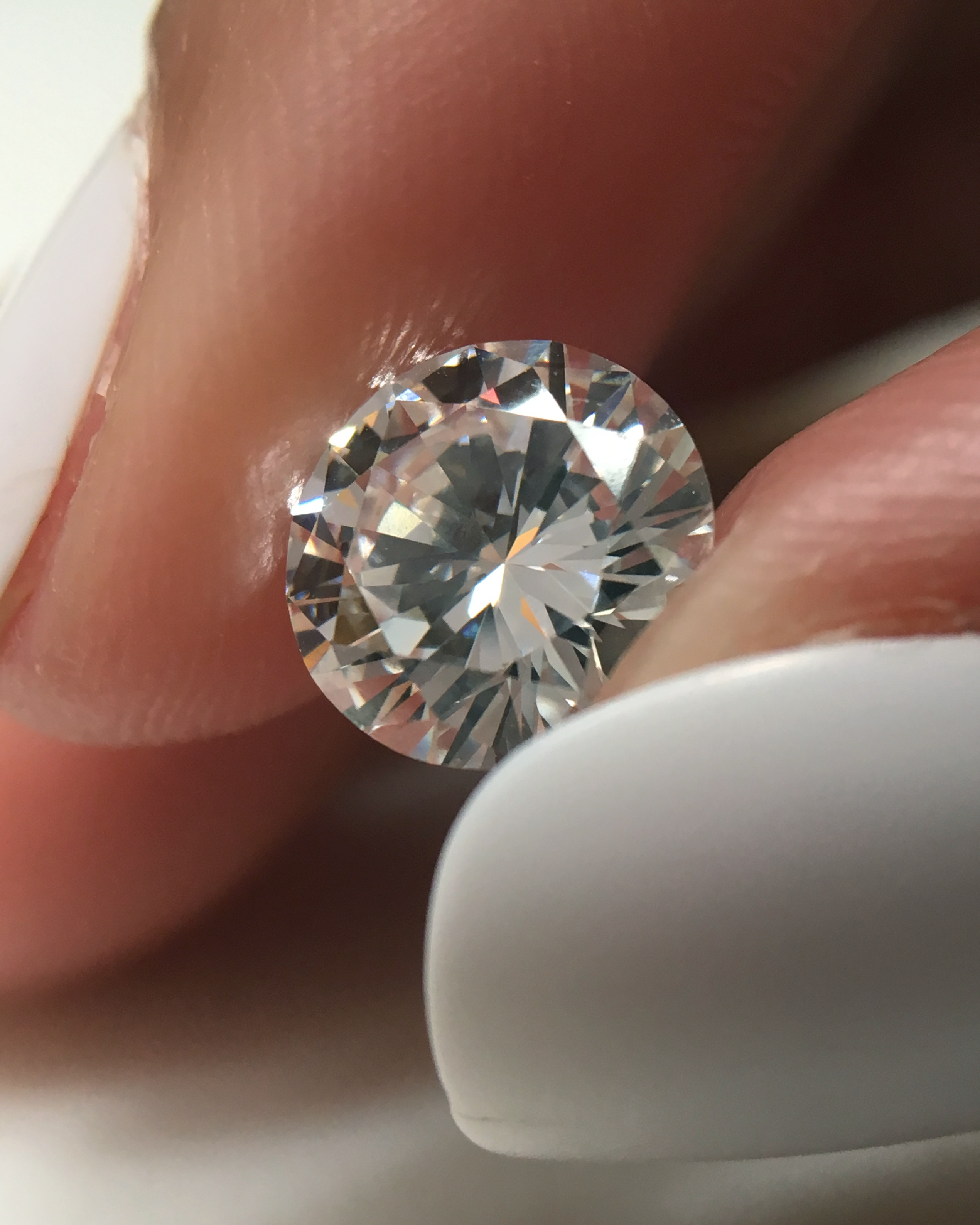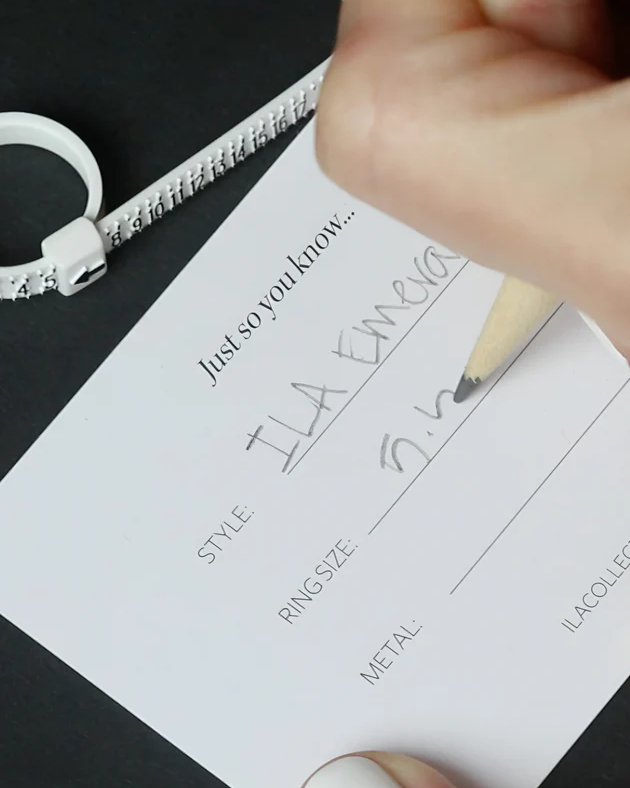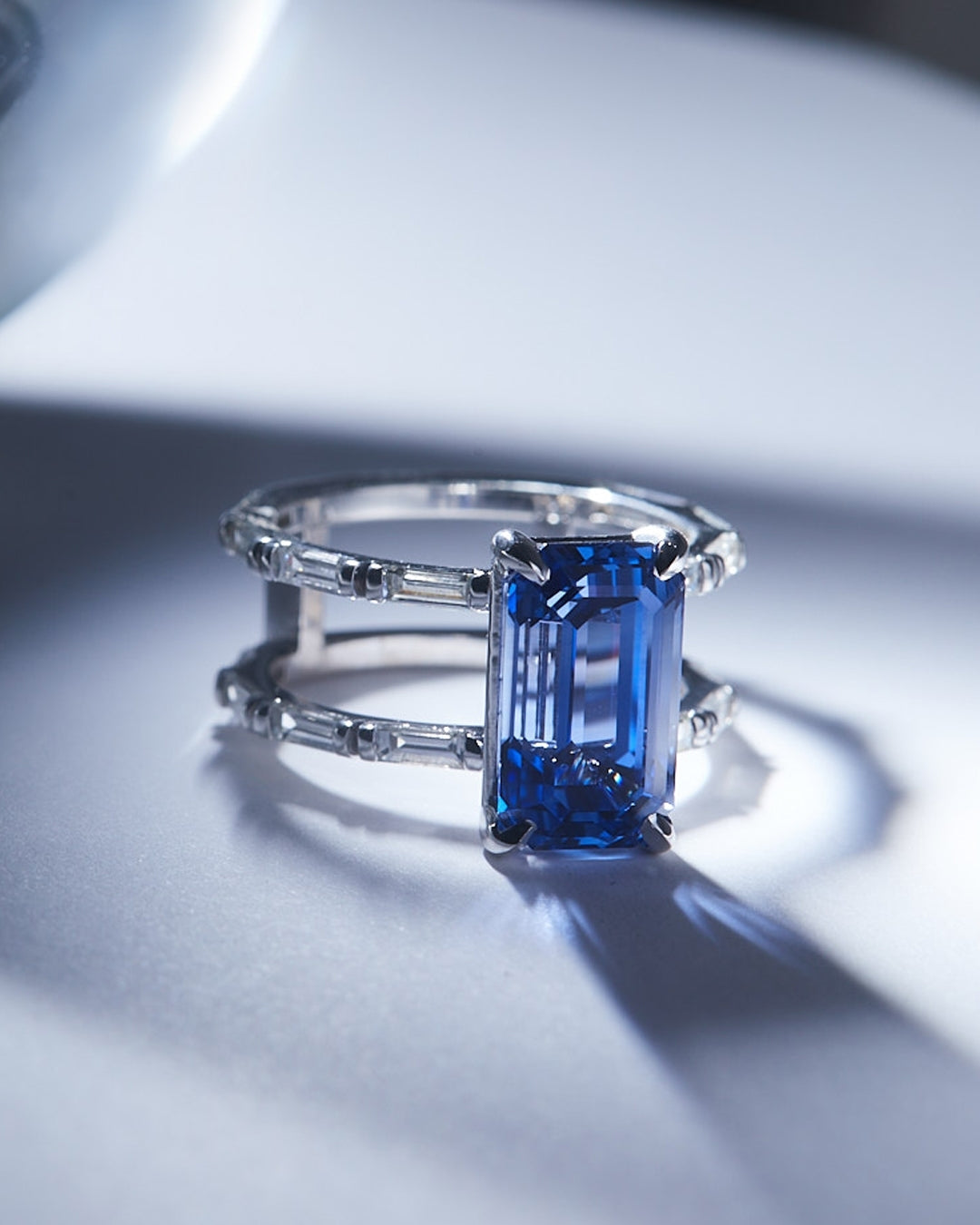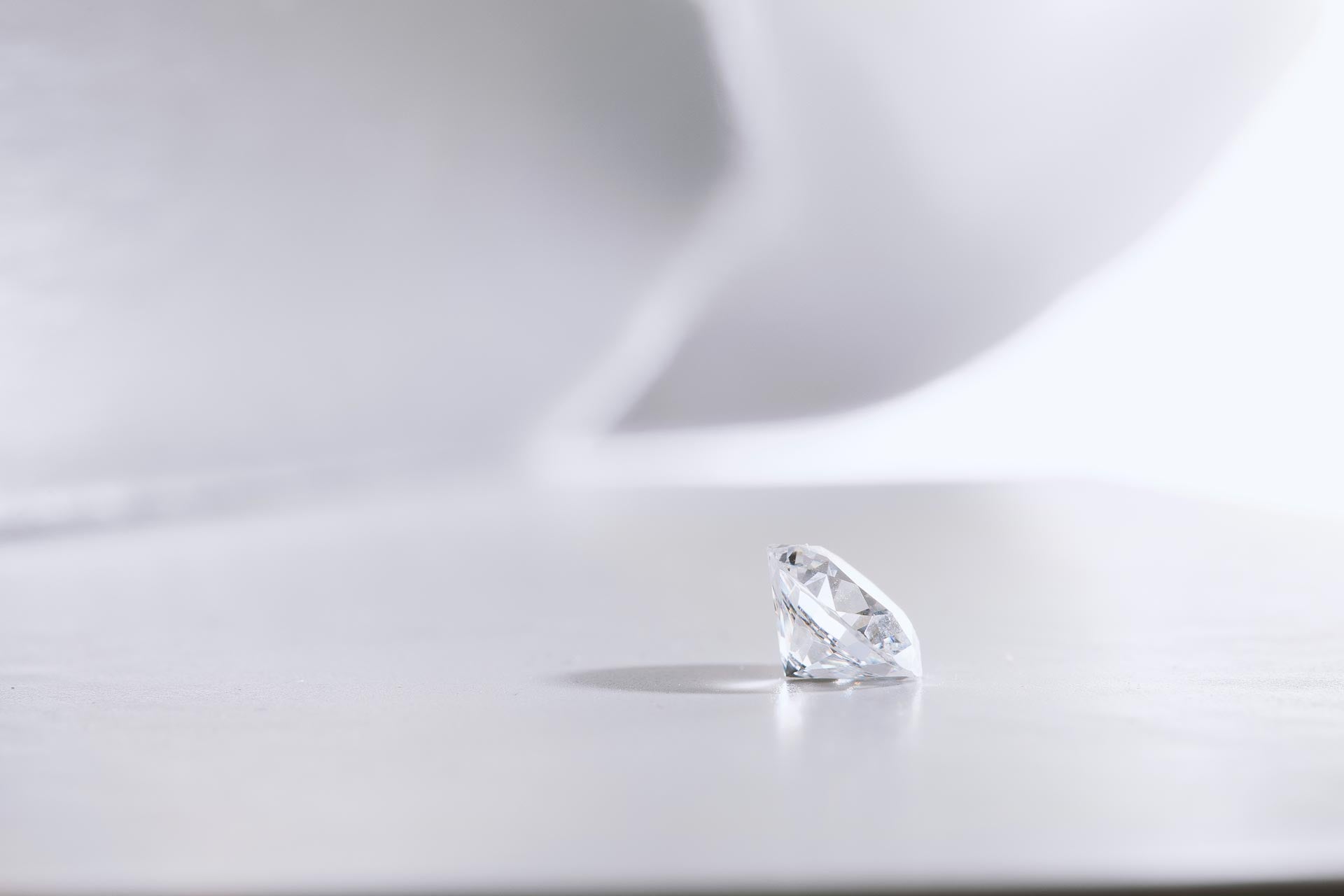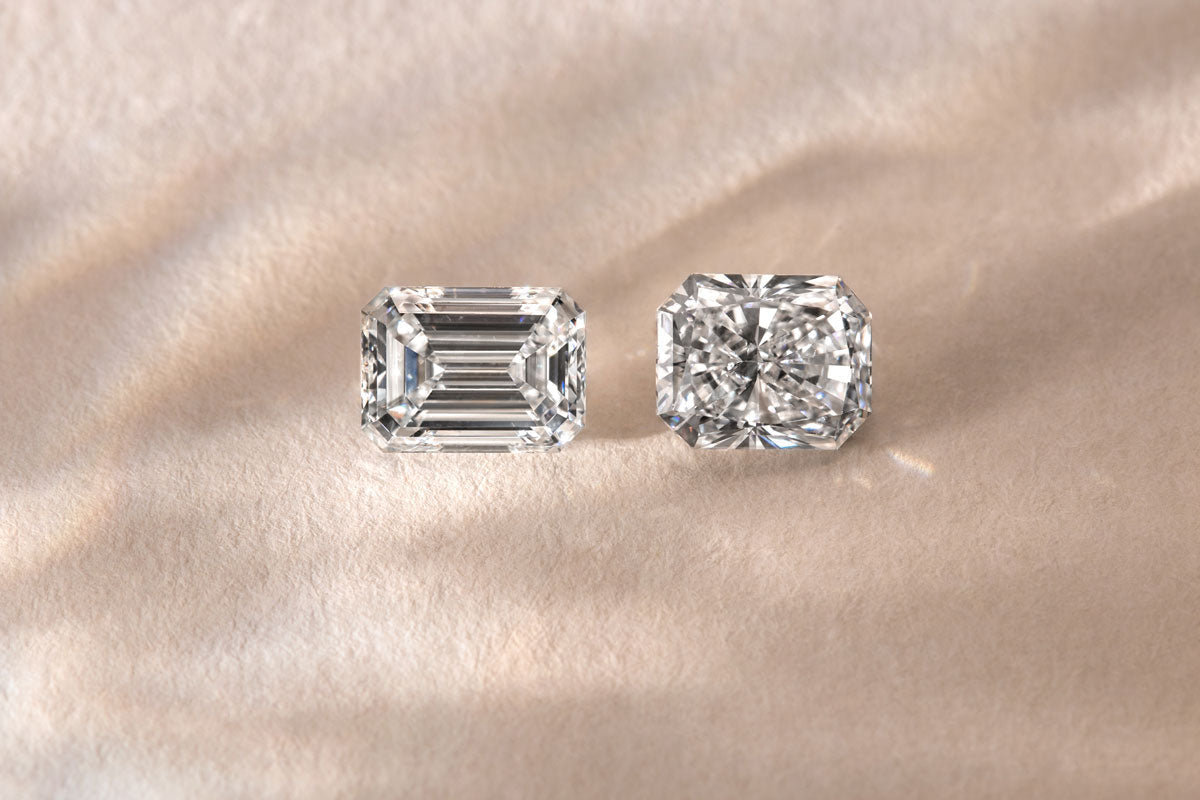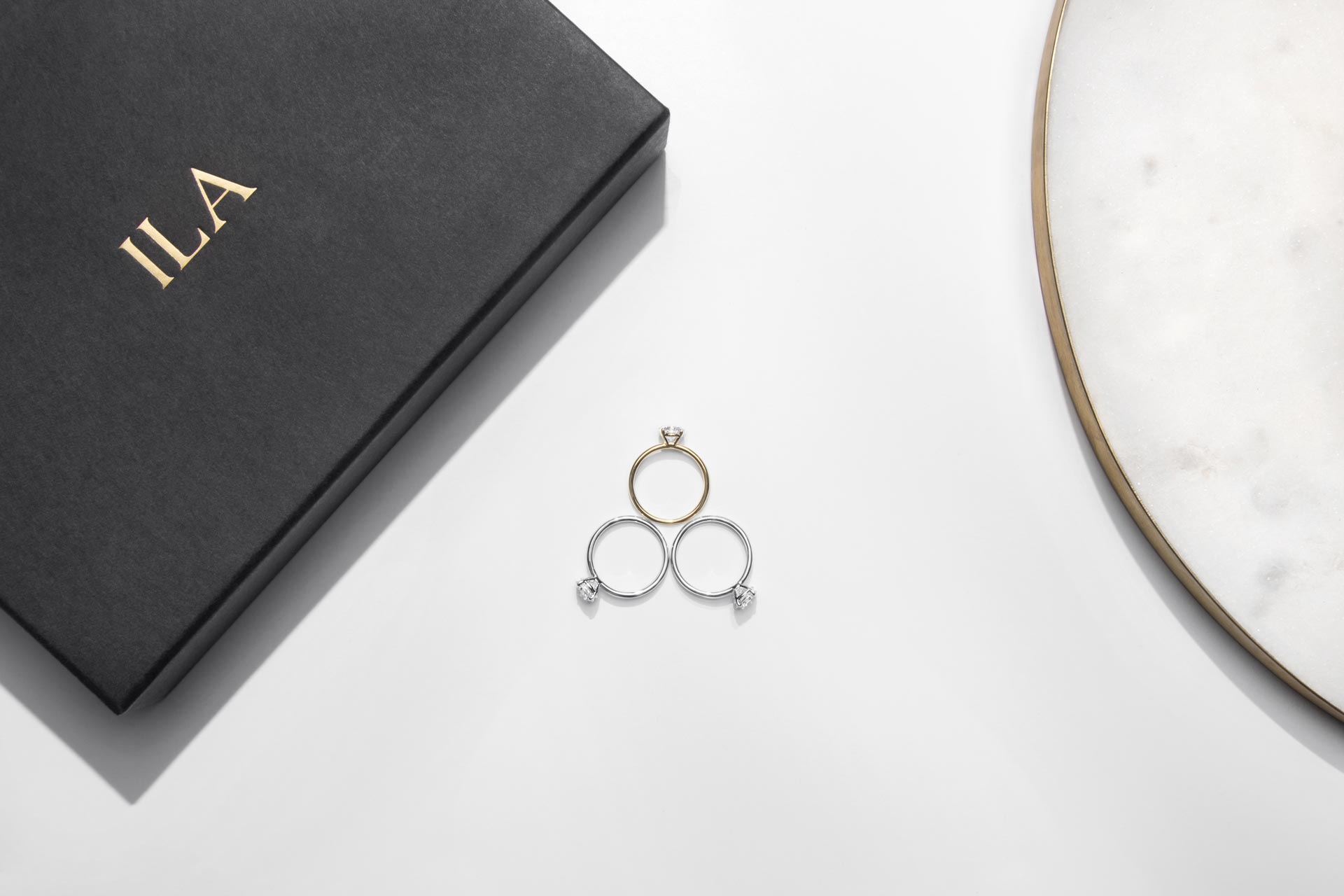
What is the Difference Between White Gold and Platinum?
If you’re shopping for an engagement ring, you’re probably curious about the difference between white gold and platinum.
Both are great options, both sustainably sourced by ILA, the main differences come down to color, durability, and cost. Read on to learn how these two precious metals compare and decide which would be best for you.
(image - a platinum ring next to a white gold ring)
Color
Platinum is a naturally white metal, gold is naturally yellow.
White gold is created by adding white metals such as silver, nickel, or palladium to the yellow gold. This process, called “alloying”, not only alters the color of the gold but strengthens it as well.
The ratio of gold to alloy metals is denoted by the karat number: 18K white gold is 18 parts gold to 6 parts alloy; 14K gold is 14 parts gold to 10 parts alloy. Read more about the differences between 18K and 14K gold here.
Since pure gold (24K) is naturally yellow, adding alloy metals cannot make it pure white, so white gold does have a tinge of yellow in its raw form.
White gold gets the bright white appearance of platinum from a process called “rhodium plating”, where rhodium (a platinum-group metal) is electroplated onto white gold jewelry. This process bonds a layer of the bright white metal to the surface of the gold, making it as white and shiny as platinum.
Durability & Maintenance
The two main factors of your ring’s durability are the metal’s hardness (ability to resist dents and scratches) and malleability (how easily it bends).
Platinum is a hard precious metal, but it will still accumulate tiny scratches over time from normal wear. These scratches give the metal a natural patina that can accentuate the brightness of the diamond.
Gold is naturally softer compared to platinum, but the alloys do add durability so your white gold ring will not scratch as easily as your platinum ring. Also, 14K white gold is more difficult to scratch than 18K white gold because it has a higher percentage of alloys. Read more about the qualities of 14K gold vs 18K white gold here.
Unlike gold, when platinum is scratched no metal is lost just pushed aside; a worn platinum ring can easily be polished by a jeweler to return its original glory. A white gold ring can also be refinished by a jeweler but a tiny bit of the gold is lost each time it’s polished.
You also need to know that the rhodium plating of a white gold ring will wear off over time, revealing the yellow-tinged color of the alloyed gold. The length of time the rhodium lasts varies by the wearer. However, the white gold ring can be polished and re-plated whenever it needs to be refreshed.
We take care of all repairs of ILA jewelry in-house, including re-rhodiuming and polishing, ensuring the best possible service for your beloved ILA pieces.
As for malleability, platinum is less malleable compared to gold. This means it’s more difficult to bend out of shape and therefore ideal for setting diamonds. In fact, sometimes jewelers use platinum prongs on a white gold ring to better secure the center stone.
Cost
Platinum is rarer than gold: only 160 tons of platinum are mined each year, compared to 1,500 tons of gold. This rarity makes it more expensive.
Platinum is also denser (heavier) than gold, so the same ring in platinum will weigh quite a bit more than its white gold counterpart. This increases the difference in cost because precious metals are priced by weight.
Also, platinum is purer than gold (95% pure compared to 75% pure 18K gold and 58.3% pure 14K gold) so there is more of the rare and dense metal in each piece of platinum jewelry.
If cost is a factor, white gold is your best bet.
Some Other Things to Consider
The weight of the ring might be a factor. Platinum is a good choice for a dainty design, but a larger ring style may benefit from the lighter weight of white gold.
If the wearer is active or generally hard on their jewelry, then platinum would be the better option.
Are you working within a certain budget? The money saved from choosing white gold instead of platinum gold could go toward upgrading the center stone.
Does the wearer have any allergies to certain metals? ILA’s white gold contains nickel, which may irritate sensitive skin. Platinum, on the other hand, is the purest precious metal and will not cause any reactions.
Ultimately, whether you choose platinum or white gold, know that ILA will craft your engagement ring with the utmost care and deliver an heirloom quality piece of jewelry made from sustainable recycled precious metal.
Read more about our sustainability practices here.

